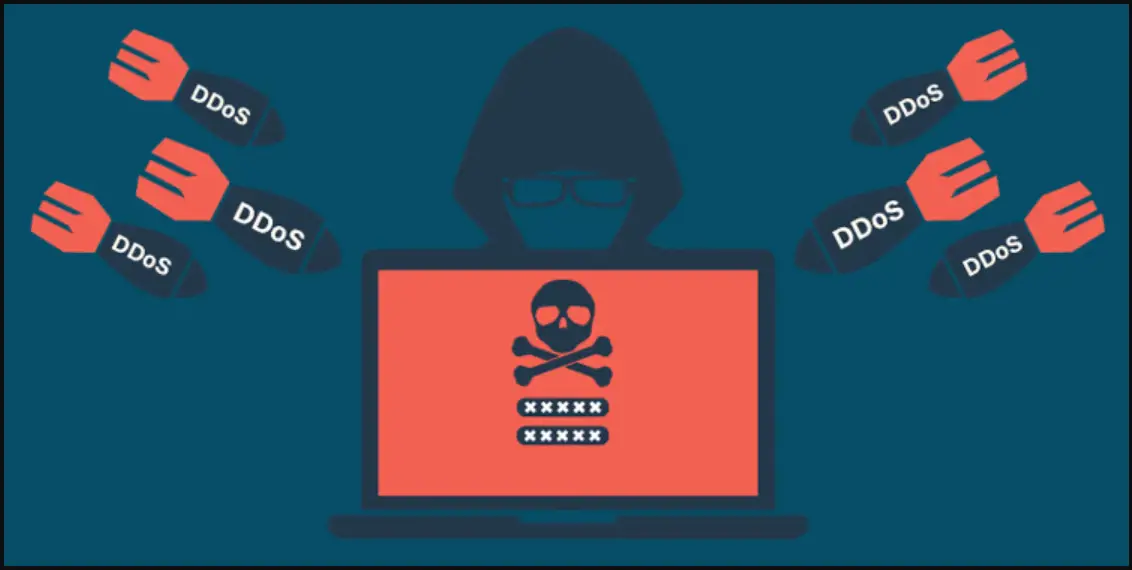
Denial-of-Service (DoS) attacks pose a significant threat to web applications, including those built using Python. These attacks overload a system’s resources, causing it to become unavailable to legitimate users. In this article, we will explore effective strategies to mitigate DoS attacks in Python applications, ensuring your system remains robust and available.
It’s always a good practice to have a secure and updated Python version. Here’s an in-depth guide on Python Security.
Rate limiting restricts the number of requests from a single IP address within a specific timeframe. This helps prevent attackers from overwhelming the system with a barrage of requests. Use libraries like flask-limiter or ratelimit to set rate limits for your Python web application.
from flask import Flask
from flask_limiter import Limiter
from flask_limiter.util import get_remote_address
app = Flask(__name__)
limiter = Limiter(app, key_func=get_remote_address)
@app.route('/api/endpoint')
@limiter.limit("10 per minute")
def protected_endpoint():
# Your endpoint logic here
return "Success!"
Always validate user input to prevent potential exploits like SQL injection or buffer overflow attacks. Utilize libraries such as validators or schema to validate user-supplied data.
from validators import url, email
def validate_user_input(input_data):
if not url(input_data):
raise ValueError("Invalid URL provided.")
if not email(input_data):
raise ValueError("Invalid email address.")
# Continue with your logic
Integrate CAPTCHA verification in forms and critical application endpoints. This ensures that only human users can access certain functionalities.
import requests
def verify_captcha(response_token, secret_key):
response = requests.post('https://www.google.com/recaptcha/api/siteverify',
data={'secret': secret_key, 'response': response_token})
if not response.json().get('success'):
raise ValueError("CAPTCHA verification failed.")
# Continue with your logic
Deploy a WAF to filter incoming traffic and block potential malicious requests. Popular WAFs like ModSecurity or cloud-based services like AWS WAF can help safeguard your application.
Be cautious while using regular expressions in your Python application, as certain patterns can lead to catastrophic backtracking, allowing attackers to create long processing times.
Leverage asynchronous frameworks such as asyncio to handle long-running tasks, ensuring the application remains responsive to other requests.
import asyncio
async def process_task(task_data):
# Your long-running task here
await asyncio.sleep(5)
return "Task completed!"
# In your request handler
@app.route('/api/async-task')
async def async_task_handler():
task_data = request.get_json()
result = await process_task(task_data)
return result
Set up monitoring and logging tools to analyze incoming traffic patterns. Detecting unusual spikes or suspicious activities can help identify potential DoS attacks early on.
Protecting your Python application from DoS attacks is crucial to maintaining the availability and reliability of your services. By implementing rate limiting, validating user input, deploying CAPTCHA, using WAFs, optimizing regular expressions, employing asynchronous processing, and monitoring traffic, you can significantly reduce the risk of successful DoS attacks.
Remember, proactive measures are essential in ensuring your application remains secure and performs optimally even under attack. Stay vigilant and update your defense mechanisms to stay one step ahead of potential attackers.
MiniMax-M1 is a new open-weight large language model (456 B parameters, ~46 B active) built with hybrid…
Managing Git hooks manually can quickly become tedious and error-prone—especially in fast-moving JavaScript or Node.js…
Git hooks help teams enforce code quality by automating checks at key stages like commits…
Choosing the right Git hooks manager directly impacts code quality, developer experience, and CI/CD performance. Lefthook and Husky are…
We evaluated the performance of Llama 3.1 vs GPT-4 models on over 150 benchmark datasets…
The manufacturing industry is undergoing a significant transformation with the advent of Industrial IoT Solutions.…